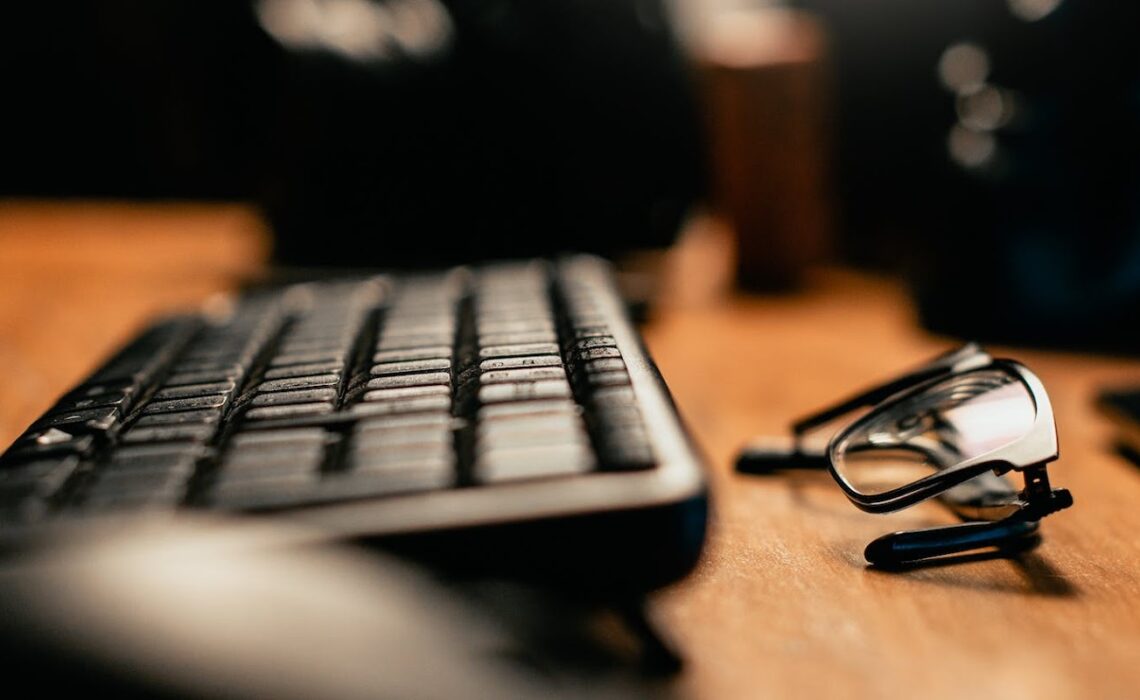
The digital age we live in today is changing our lives in many ways, including the way we connect and communicate with each other. Technological developments have been essential in improving accessibility and removing barriers to communication for the deaf and hard-of-hearing community. One area The interpreting services sector is one where technology has advanced significantly. Assistive devices have completely changed how people who are deaf or hard of hearing interact with their environment. og post, we’ll explore the profound impact of technology on interpreting for the deaf and hard of hearing, highlighting how assistive devices are enhancing access and facilitating better communication.
Advancements in Assistive Devices
Thanks to the rapid advancements in technology, assistive devices for the deaf and hard of hearing have advanced significantly in recent years. These devices, which range from simple hearing aids to advanced communication systems, have improved millions of people’s lives all over the world. The creation of real-time captioning and interpreting technologies, which give people who depend on visual cues for communication instant access to spoken language, is one of the most important developments in this field.
Real-Time Captioning: Bridging the Gap
Speech-to-text and CART (Communication Access Realtime Translation) technologies are other names for real-time captioning, which is a technology that translates spoken words into text in real time. For those who are hard of hearing or deaf and depend on visual cues to understand spoken language, this technology is extremely helpful. Real-time captioning facilitates easier and more accurate participation of hard-of-hearing and deaf individuals in lectures, meetings, and conversations.
Sign Language Interpreting Apps: Breaking Down Barriers
Apps that interpret sign language are another cutting-edge technology that has revolutionized interpreting services for the hard of hearing. These apps provide on-demand access to interpreting services anytime, anywhere by using video conferencing technology to link users with certified sign language interpreters remotely. This is especially helpful in scenarios where it might not be feasible or readily available to have interpreters present in person.
Remote Interpreting Platforms: Expanding Accessibility
Apart from apps that interpret sign language, remote interpreting platforms have become effective means of increasing the number of deaf and hard-of-hearing people who have access to interpreting services. These platforms use video conferencing technology to link users with qualified interpreters, facilitating real-time communication in a variety of contexts such as courtrooms, medical appointments, and educational settings. Remote interpreting platforms provide more flexibility and convenience for interpreters as well as users by doing away with the requirement for physical presence.
Challenges and Considerations
While there is no denying that technology has made it easier for the deaf and hard of hearing to access interpreting services, it is important to recognize the difficulties and factors that these developments bring with them.
The possibility of technological obstacles, such as problems with internet connectivity or assistive device compatibility, is one important cause for concern. Furthermore, it is still crucial to guarantee the precision and dependability of interpreting services because mistakes or misinterpretations can have serious repercussions for those who are deaf or hard of hearing.
Addressing Accessibility Challenges
To guarantee fair access to interpreting services for the deaf and hard of hearing, accessibility issues still need to be resolved despite the substantial technological advancements. Among these difficulties are matters of affordability, especially for those from low-income families who might find it difficult to pay for internet access or assistive technology. Furthermore, more knowledge and instruction are required regarding the advantages and accessibility of interpreting technology, particularly in marginalized areas. We can endeavor to create a more inclusive society where everyone has equal access to communication and information by addressing these accessibility issues.
Inclusive Design and User Experience
To guarantee that the needs of those who are deaf or hard of hearing are sufficiently satisfied, inclusive design and user experience must be given top priority in the development of interpreting technology. This entails creating user-friendly interfaces, offering options that can be customized to suit various communication styles, and incorporating suggestions from the community of the deaf and hard of hearing at every stage of the design process.
We can develop technology solutions that are usable by everyone, regardless of hearing ability, by embracing inclusive design principles.
Empowering Deaf and Hard of Hearing Communities
Through increased independence and autonomy in their daily lives, technology can empower people who are deaf or hard of hearing. Technology can help people in these communities make social connections, have access to education, and have employment opportunities in addition to providing interpreting services. We can encourage more diversity and inclusivity in society at large by providing deaf and hard-of-hearing people with the instruments and resources they require to thrive.
The Future of Interpreting Technology
Photo by Pixabay
Future interpreting technologies have a lot of potential to help the deaf and hard-of-hearing community communicate more effectively and become more accessible. It is anticipated that developments in real-time captioning and interpreting will spur further advancements in artificial intelligence and machine learning, improving efficiency and accuracy. Furthermore, more wearable technology and augmented reality integration could open up new possibilities for interactive and immersive interpretation experiences.
Conclusion
To sum up, technology has greatly impacted the provision of interpreting services for the hard of hearing and deaf, giving them more access to information and communication. Assistive devices have completely changed how people who are deaf or hard of hearing interact with the world around them. Examples of these devices include remote interpreting platforms, apps for sign language interpretation, and real-time captioning. Even though there are still obstacles to overcome, the continuous progress in technology presents a bright future for the deaf and hard-of-hearing community in terms of inclusivity and accessibility.
Let us work to make the world more inclusive and accessible for everyone as we continue to harness the power of technology.
For those who are looking for additional support, Unspoken Language Services offers interpreting services to help bridge the communication gap between the deaf and hearing communities.
Photo Credit to: Photo by Produtora Midtrack

